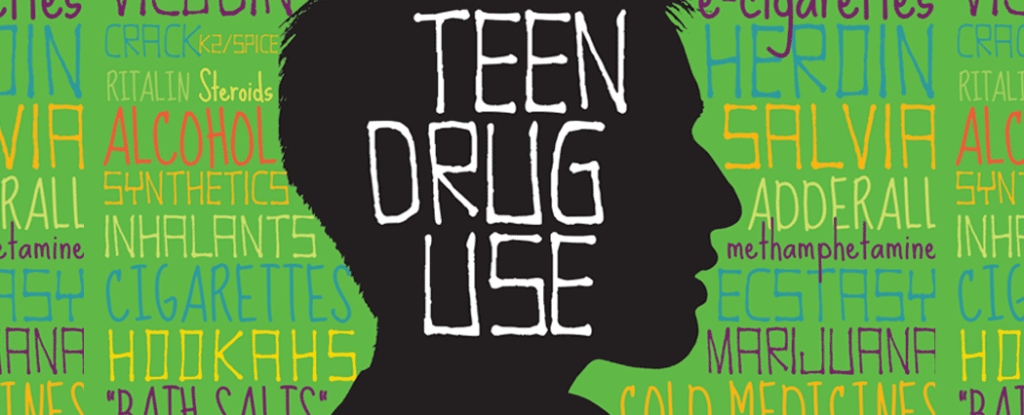Do you believe any of these drug and alcohol myths? Chances are high you do. Some substance abuse myths are more destructive than others, though. Test yourself and see what you know. Here are seven of the most common myths surrounding drug and alcohol abuse:
-
“Marijuana is not addictive.”
A wealth of research shows that about 9% of people who try marijuana will become addicted to the drug. The number goes up to about 17% in those who start using marijuana while still in their teens and to 25% to 50% among daily users.
-
“Pain medications are safe because doctors prescribe them.”
Many kinds of prescription drugs are addictive. In fact, opioid painkillers are closely related to heroin. These include hydrocodone (Norco, Vicodin) and oxycodone (OxyContin, Percocet). They should be used only as prescribed for a few days. Research suggests that many people who use heroin started by experimenting with prescription medication. According to the Centers for Disease Control and Prevention, people who have become dependent on prescription opioids are 40 times more likely to use heroin.
-
“I only drink beer, so I can’t be an alcoholic.”
This is a dangerous and persistent alcohol myth. Alcoholism is not defined by what you drink but rather the effect drinking has on your life. If your drinking is causing problems at home or work, you have a problem. If you find you need a few beers or a glass or two of wine every day after work to unwind, you may already be psychologically dependent on alcohol. That means addicted. You are putting your long-term health at risk.
-
“Drug addiction is a choice.”
Drug dependence is a mental disorder that doesn’t discriminate. It cuts across all education and socioeconomic levels. People do not choose to become addicts. A person chooses to use the first time. However, by the time addiction occurs, profound brain changes have made using drugs as important to their brains as food and water. Presidential candidate Chris Christie recently put it this way: “What we have to do is say, yes, it was a bad choice to use drugs … but haven’t all of us made bad choices in our lives? We’re just fortunate it didn’t involve an addiction to drugs or alcohol. It’s a disease and we need to treat it.”
-
“Teenagers are too young to become addicted.”
On the contrary, teenagers are more prone to addiction than adults. The human brain isn’t finished developing until about age 25. The front of the brain — which controls impulsive and risk-taking behavior — is the last to mature. That makes teenagers more likely to underestimate the risk of trying a substance. To make matters worse, addiction is a form of learning. Just like a young brain is better able to absorb a new language, addiction is also more efficient in the adolescent brain. Young people can get addicted faster and suffer permanent brain damage as a result of substance abuse.
-
“Drug addiction is a hopeless existence.”
This myth can make it harder for addicts to seek treatment and resume a normal life. It’s true that addiction is a chronic disease like diabetes, asthma or hypertension, and it cannot be cured. However, it can be effectively managed. Asking for help is the first step to recovering from a condition that is treatable. Anyone can become addicted to drugs and anyone can recover.
-
“You have to use drugs for a long time before you can become addicted.”
Addiction can sneak up on you. Though you probably won’t develop a full-blown addiction to a drug the first time you use, it might be the start of a compulsive cycle. Many heroin addicts report getting hooked on their first use.
This is only the Cliff’s Notes version of the myths and misconceptions surrounding drug and alcohol abuse. It’s critical that parents arm themselves with the latest and most accurate information and discuss it with their kids. Research shows that children whose parents talk with them on a regular basis about the dangers of substances are 50% less likely to try them. And if you fear that your child is using substances, don’t wait to reach out for help. Their goals and dreams are riding on it. By Laura Nott Publishing Note: Originally published for the 2016 National Drug and Alcohol Facts Week, which focused on adolescent use of drugs and alcohol.
According to the National Institute on Drug Abuse (NIDA), about one-third of high school seniors reported using an illicit drug in the last year, and 5% said they had misused prescription pain pills. In addition, more than 20% reported smoking marijuana in the past month. Many teens who abuse substances are unaware of the risks they are taking with their health and the dangers inherent in driving under the influence of any mind-altering drug. Because research shows a strong link between drug use, including marijuana, and cognitive abilities, the goal of National Drug & Alcohol Facts Week is to give teens science-based information so they make decisions that will benefit rather than destroy their futures.

